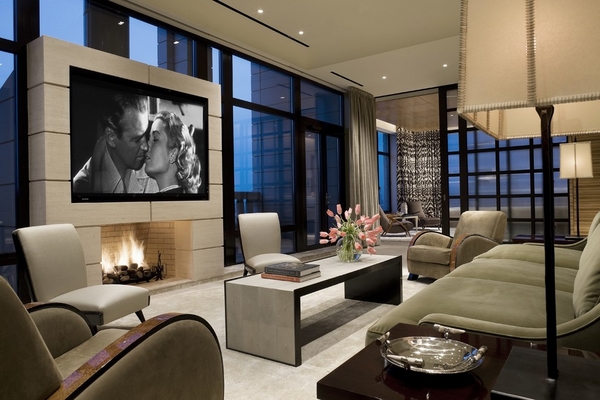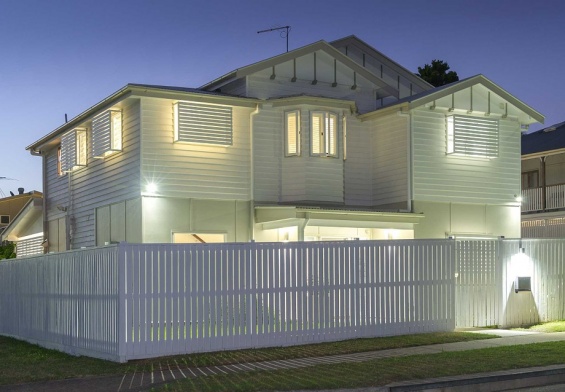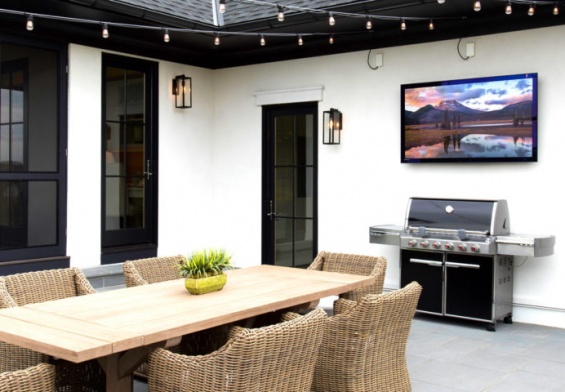Are you trying to upgrade your home theater with a new audio system? Picking the right audio system plays a huge role in making your home theater deliver that truly immersive experience you’re looking for. There’s tons of audio systems on the market, so it can be difficult to make a decision like this. Regardless of what you’re working with, be it a small space or a state-of-the-art home theater, this guide will cover your options so you can make a more informed purchase. We’ll discuss everything from the best audio systems for small spaces to setting up high-end home theater speakers and ensuring smooth installation.
Understanding Your Audio Needs
The first step in upgrading your home audio system is determining your specific needs. Do you need clear sound in your small apartment, or are you working with a dedicated home theater room? The amount of available space, as well as the sound experience you want, play a huge role in your choices.
If you don’t have much space, like if you live in an apartment or need the sound system in a small living room, consider a soundbar or compact bookshelf speakers. All the best home audio systems for small spaces give you the most sound while taking up the least space. Brands like Sonos and Bose have many compact systems that can give you clear, powerful sound without taking up too much space.
On the other hand, if you have a lot of space to work with, you can install floor-standing speakers or even multiple speaker systems. High-end home theater speakers, like those from KEF or Klipsch, give you that deep, rich sound that’s ideal for larger spaces. Keep in mind that systems like this tend to have many separate components, like receivers, amplifiers, and subwoofers that give you more control over the audio experience.
Choosing the Right Components for Your System
When you’re picking your home audio system, you need to understand which components play a key role in delivering high-quality sound.
- Speakers: Speakers come in several types, each with its own pros and cons. Floor-standing speakers, for example, give you deeper bass and fuller sound, while bookshelf speakers work better in smaller spaces. If you have a lot of space, invest in high-end home theater speakers.
- Receivers and Amplifiers: You need a receiver or amplifier to power your speakers. Make sure the amplifier matches the wattage and impedance of your speakers to avoid sound quality issues. Many modern receivers also come with built-in smart features for streaming music or integrating with voice-controlled assistants like Alexa.
- Subwoofers: A subwoofer is needed to make low-frequency sounds that add depth and richness to music and movie soundtracks. If you want to experience the full impact of sound effects in movies, you need a good subwoofer. Here are some home theater subwoofer installation tips: place the subwoofer at the front of the room, slightly off-center, for optimal bass distribution. Additionally, corner placement can make the bass sound better in larger spaces.
- Soundbars: Soundbars are a great, simple solution. They combine multiple speaker drivers into one unit, providing decent sound for smaller rooms or setups with limited space. Some soundbars also include a subwoofer for added bass.
Wired vs. Wireless
Wireless home theater setups are getting more popular because they’re easy to setup and use, as well as flexible. When you have a wireless home theater setup, you can place the speakers anywhere in the room without having to worry about cable management. Tons of modern systems feature Wi-Fi and Bluetooth connectivity, so you can stream right from your mobile device or integrate easily with smart home assistants.
However, if you’re an audiophile, a more traditional wired system gives you superior sound quality. When the connection is wired, there’s no loss in audio signal, so the performance is more consistent in larger spaces. Looking for the best of both worlds? Fortunately, most audio systems offer both wired and wireless options, so you can pick the best setup for your unique needs.
Budgeting for Your Home Audio System
Home audio systems come in a wide range of price points. When you’re figuring out the budget, you need to balance performance with cost. Tons of budget-friendly home audio solutions are on the market that can get you incredible performance for the price you pay. With a smaller budget, you can go for brands like Yamaha and Pioneer, which offer reliable systems at more affordable prices.
If there’s more flexibility in your budget, high-end home theater speakers can elevate your experience with superior sound quality, premium materials, and various advanced features. Brands like Bowers & Wilkins and Focal provide some of the best in high-end audio for home theaters, with detailed soundscapes that will impress any audiophile.
Professional Installation: Why It Matters
It’s certainly possible to setup your own home theater system, but calling a professional to install your audio system can make a significant difference. New Jersey home theater installation services can help you figure out where to put everything, hide the unsightly cables, and make sure the speaker is configured correctly for the space. Professional installers also have the expertise to calibrate your system, which is important in larger rooms where acoustics can be tricky to manage.
Whether you’re investing in a high-end system or going for a more budget-friendly setup, professional installation makes sure you get the best possible performance from your new audio system.
Making the Most of Your New Jersey Home Theater Install
Upgrading your home theater with a cutting-edge audio system can transform your entertainment experience. Whether you’re working with a small apartment or a dedicated theater space, choosing the right components plays a huge role in achieving the best sound quality. If you’re considering a New Jersey home theater install, it’s worth exploring professional installation services so the system works well in your space and performs at its best.
From the best home audio systems for small spaces to high-end home theater speakers, there are options for every budget and room size. Whether you choose a wireless home theater setup or stick with a traditional wired system, the right audio components will bring your home theater to life.




